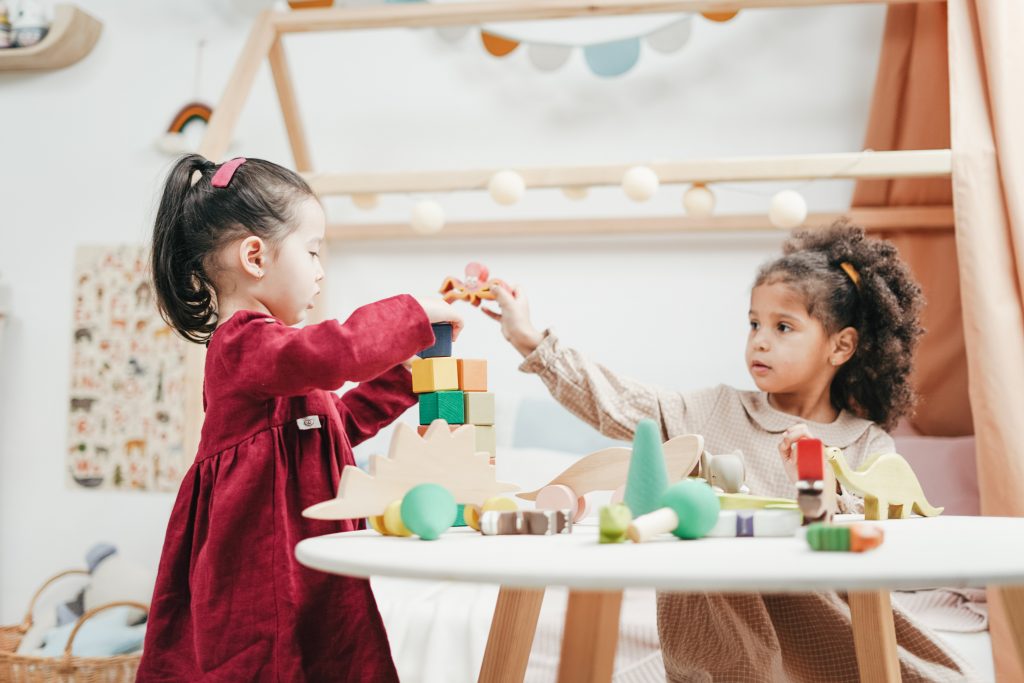Three and four year olds all across Victoria are off to kinder this week, beginning a year full of wonderful play-based learning.
As parents, we might think back to how we learnt things at school, and dismiss play as something that happens in breaks. We might be asking the kinder teacher to tell us when our child is going to learn how to write their name, or read words. We might be expecting learning to happen while the children sit on the mat, or at a table with a pencil and paper.
Actually, child-led play is the most powerful way for young children to learn about the world and themselves. If your child is currently playing at kinder, here are some things that might be happening in their developing brain:
1. Experiencing joy and meaning
Positive emotions have an effect on the brain that are thought to enhance memory and attention. If your child is absorbed in an activity that makes them happy, they’ll want to keep repeating the activity, and they’ll form strong memories of it.
When a child’s absorbed in meaningful activities, which they have chosen themselves, they recruits many different parts of their brain. This means they are more likely to experience that “aha” moment of insight that comes from connecting new knowledge with stuff they already know.
2. Active engagement
Play creates a state of active engagement in a child, that’s also described as being in a state of “flow”, like that experienced by elite sportspeople or musicians. In fact, interrupting a kid completely absorbed in imaginary play can actually feel a little like asking Naomi Osaka to stop mid-game to go brush her teeth. Being in this state of flow has all kinds of benefits for emotions and learning.
3. Repetition and perseverance
Perseverance and repetition in play builds creativity, resilience and problem-solving. And perseverance is more likely to happen in an activity the child enjoys.
Recently I watched my four-year old play at “camping” over and over again with her grandma. They snuggled together on the couch, pretending to sleep under a blanket tent. Then one of them would get up and pretend to do a “bush wee” (thanks Bluey) at the front of our fireplace. This game repeated for some time, and as I listened, the language that they were using kept changing with each repetition. So I’m thankful to grandma for her help in building creativity in my child. And for helping to consolidate the concept of a “bush wee” for that time when we are eventually brave enough to go camping!
4. Social engagement
The neuroscience tells us that social interaction with caregivers plays a huge role in brain development. Particularly valuable are the “serve-and-return” interactions where the child and adult take turns responding to each other. For kinder age kids, learning to interact with peers is also important. These early social interactions build up the brain networks and skills needed for the formal learning that happens at school. This could be why the Victorian government states that kids who attend kinder have better academic outcomes as teenagers.
If you have a preschool kid, keep an eye out for these four aspects of play. And if you ask “What did you do at kinder?” and your kid says “ I played”, then you know that they are in the right place.
References
Neuroscience and Play: A review of the evidence. (2017 )by Claire Liu and colleagues https://www.researchgate.net/publication/325171628_Neuroscience_and_learning_through_play_a_review_of_the_evidence
Building brains (2018) interview with Nathan Wallis (Neuroscience educator) in Little Wonders magazine

